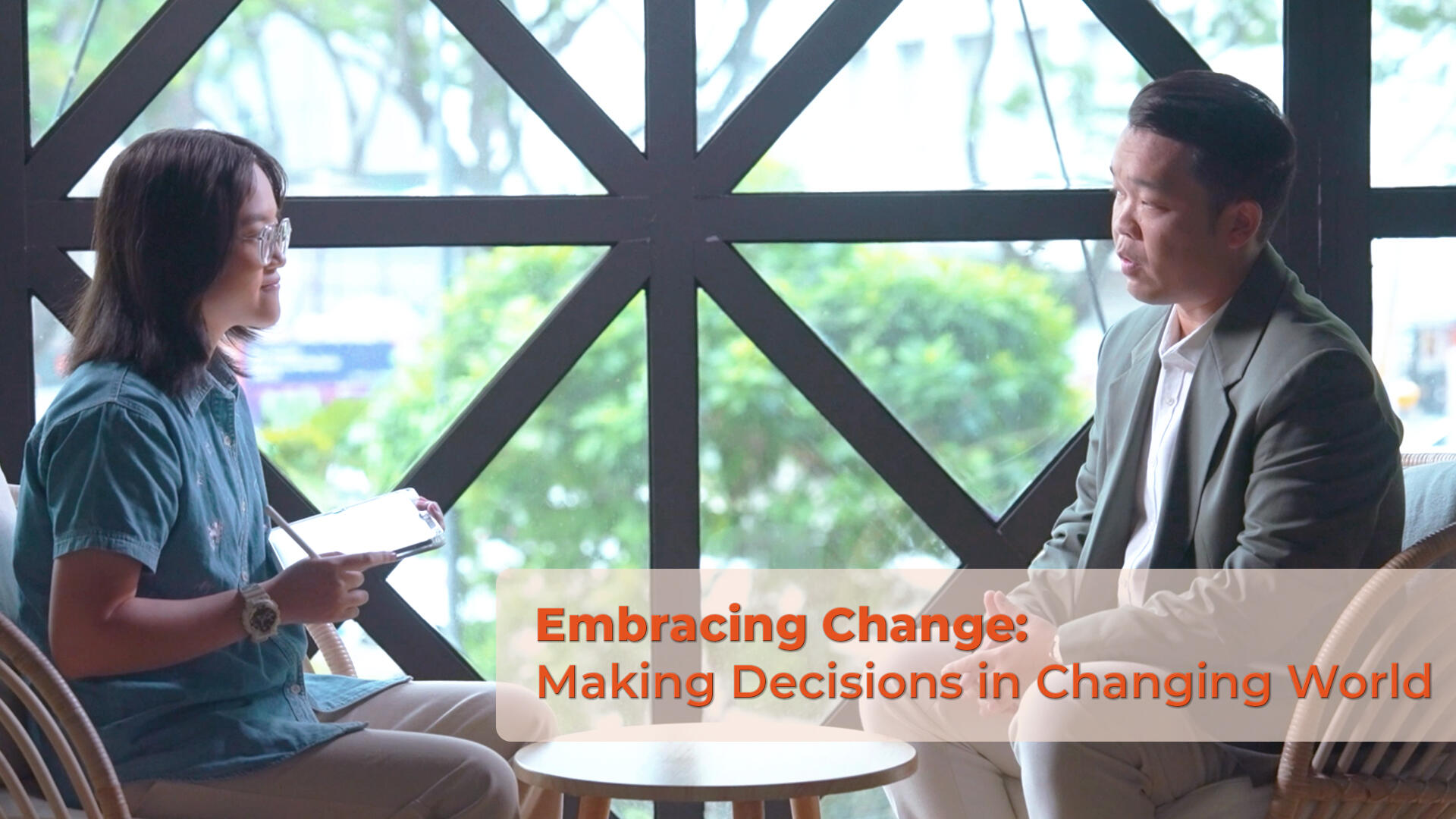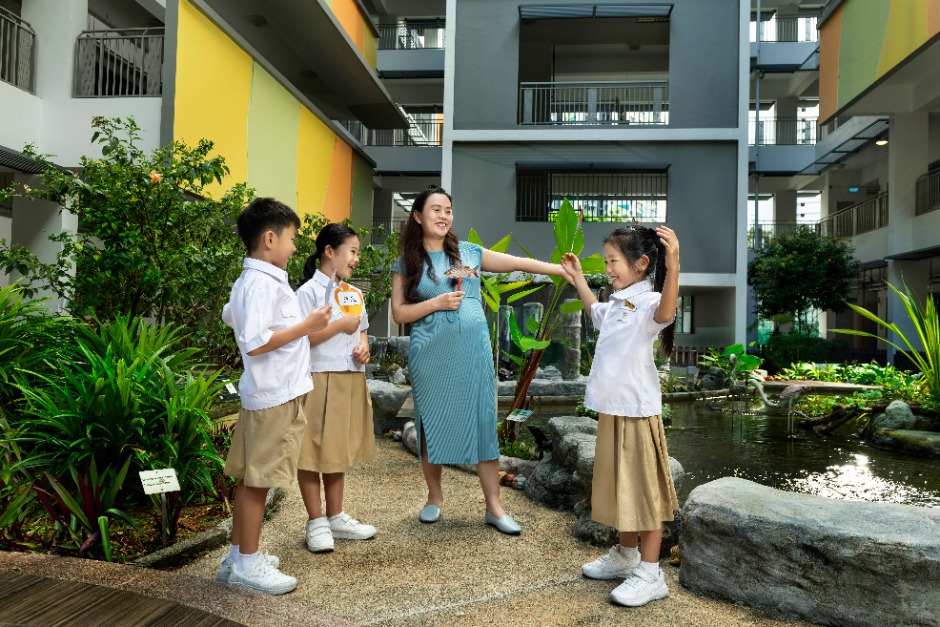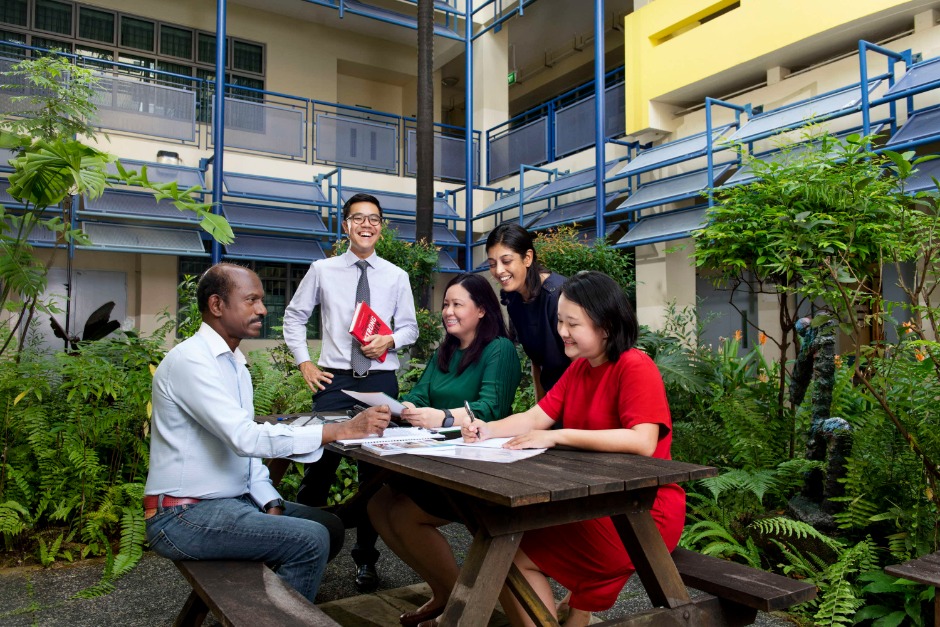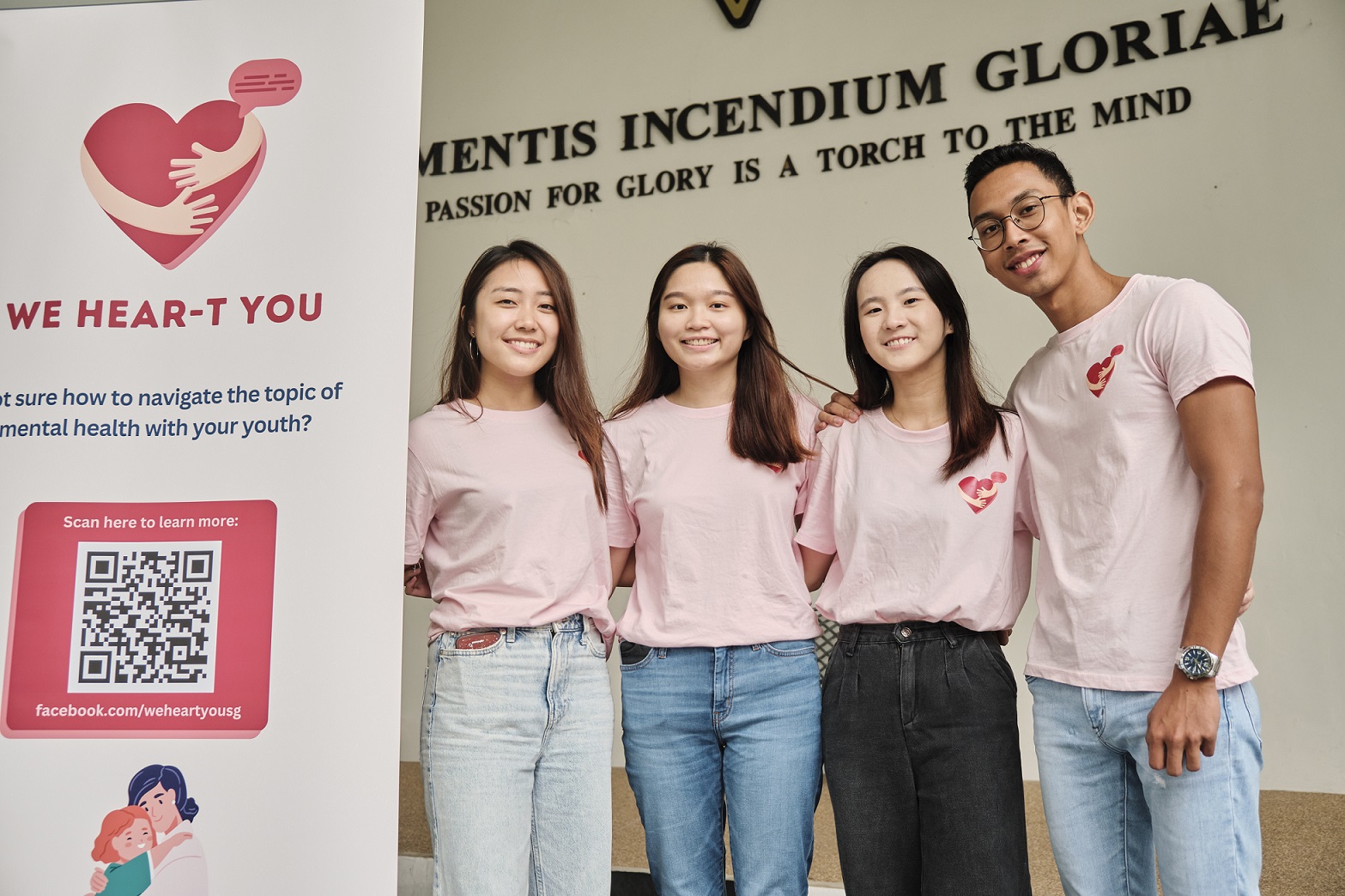Being A Beacon for Students at Risk
07 Jul 2021
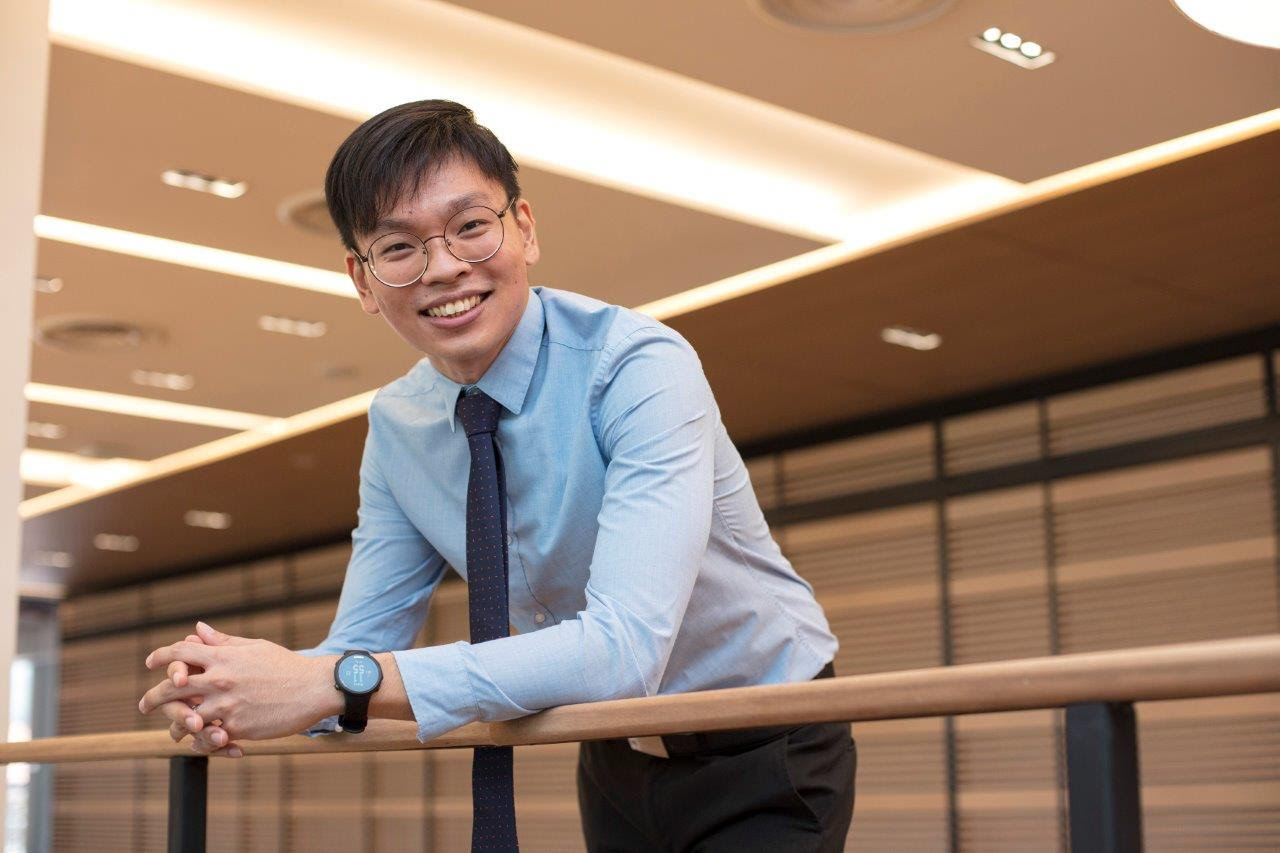
Mr Justin Ng creates opportunities for vulnerable students to discover their strengths, cherish second chances, and become inspired to reach for success.
Ng Jia Jun Justin, Springfield Secondary School, Outstanding Youth in Education Award 2021 Recipient
“Why must I put my phone away? I study or don’t study, I will still go to ITE right?”
Such remarks were made by at-risk Secondary 3 students back at school after the Circuit Breaker hiatus last year. We knew something had to be done about their acts of defiance and disruptive behaviour before the situation spiralled out of control. Suspension from school could make matters worse, if it sent them into the company of negative influences. So what could we do to keep these students engaged in school?
That was when we came up with Springfield Secondary School’s Parallel Programme.
The programme was designed to pull students with severe at-risk behaviours out of class for two weeks. We replaced their curriculum with a variety of activities to help them manage their emotions, increase their motivation and set goals for careers they aspired towards. To get the students to open up, my team and I invested time in listening to their struggles, their interests and their dream jobs.
When we learnt that the students were passionate about Sepak Takraw, we tried out the sport together, and used the opportunity to communicate messages about values such as resilience, responsibility and discipline. More importantly, we emphasised that we were there together with them because we were not giving up on them.
Building rapport is a crucial part of our work, because it would help to build trust and offer a chance to influence their lives.
At the end of the two weeks, the demeanour of the supposedly ‘rowdy’ students changed. They thanked us and promised to improve their behaviour and attitude in class.
And they kept their word. Their teachers gave feedback that these students were more well-behaved and less disruptive when they re-joined their classmates for lessons.
Understanding that students’ choice matters
The Parallel Programme is one of many initiatives by the Educational Support Committee at Springfield Secondary. The committee was formed in 2019 to support vulnerable and at-risk students in our school.
As Head of Department of Educational Support, I work closely with my school leaders and a selfless team of teachers and Allied Educators to improve the lives of these students. Many of them demonstrate behaviours that require some form of intervention – from low motivation in academics to being unwilling to attend school.
I wanted to ensure that the students participate willingly in our programmes in order to benefit fully from the experience. For me, one factor was crucial: the ability to choose their course of action.
Take our Milestone Programme as an example. It is an initiative for students with low motivation in academics to reignite that joy of learning through experiential games and activities. We allow the students to choose what they are excited to try, and work with our partners to curate learning experiences from these activities.
Last year, our students from the Normal (Technical) course were the first batch in the school to enjoy such ‘structured play’ with safe management measures. In one activity, we let students zoom around a netball court on Segway transporters. Another time, they played Laser Tag, and had a lot of fun darting behind obstacles in an attempt to outlast one another.
In class, we get the students to recall these exciting experiences and write reflections during language lessons. We would also take the opportunity to teach the mathematics and science behind these games, and to relate the activities back to their curriculum.
Of course, choice may not be the solution to every problem. I draw inspiration from a quote by author Mike Anderson: “Choice is most powerful when used with purpose.” Our goal for the Milestone Programme was that students enjoy themselves and etch that school experience in their memory. Through choice, students take ownership of that learning and that experience becomes more meaningful to them.
Creating room for second chances
Since 2019, we have designed and put in place a three-week study programme during the November holidays for students who do not meet the promotion criteria. During this programme, my team and I would put in place goal-setting exercises customised for every student.
We encourage these students to own their learning by making punctuality and readiness for lessons the core requirements for completing the study programme. That means that if these students turned up every day, put in effort and showed improvement in their re-sit examinations in December, they would advance to the next level.
Jonathan* was one of the students from the November Study Programme in 2020 who showed a complete turnaround in his behaviour and attitude. He told me, “I regretted not working hard for my final-year examinations last year. When I realised I had been given a second chance to prove myself, I was determined not to waste that chance.”
He currently leads his class in several subjects, and I am so proud of him.
Many hands make this work
Our community partners have also been integral in our efforts to support our vulnerable and at-risk students. Since 2019, we have partnered YouthReach to co-create youth programmes to help students express themselves through the arts and social media. We have also worked closely with Majulah Community to mentor our students in values education and community building.
In November last year, we worked with a woodworking company to get students to build and decorate their own study tables to be placed in the Learning Room. This room is a ‘hangout’ place for students to study and learn together after school. The activity gave the students a sense of ownership of a place they could call home after school.
From all these experiences, I believe it would take the coordinated efforts of everyone – parents, teachers, peers and community partners alike – in order to reach out to these students, to enable them to do better and effect positive changes in their lives.
*Name has been changed to protect the identity of the student.

.jpg)
